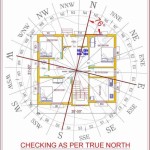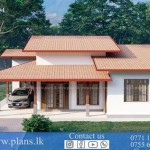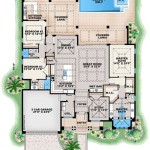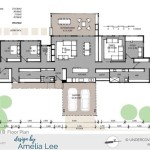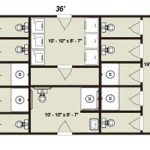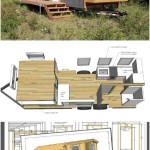Essential Aspects of a Korean House Floor Plan
Korean traditional house floor plans have developed over centuries to meet the specific needs and lifestyles of the Korean people. Traditional Korean houses, known as Hanok, are designed to be in harmony with nature and to provide a comfortable and functional living space.
Layout and Structure
Hanok typically follow a rectangular or L-shaped layout, with a central courtyard and surrounding rooms. The courtyard serves as a natural light source and provides ventilation, while the rooms are arranged around the courtyard to maximize privacy and minimize heat loss in the winter. The houses are typically elevated on a platform or stone foundation to provide protection from moisture and pests.
Main Room (Daecheong)
The main room, known as the Daecheong, is the largest and most important room in the house. It is typically located at the rear of the courtyard and is used for receiving guests, holding family gatherings, and performing ancestral rituals. The Daecheong is often decorated with elaborate woodwork, paintings, and calligraphy, reflecting the status and wealth of the family.
Anbang and Sarangchae
Adjacent to the Daecheong are the Anbang and Sarangchae, which are private quarters for the master of the house and his family. The Anbang is the master bedroom, while the Sarangchae is a study or reception room for guests. These rooms are typically smaller than the Daecheong and are designed for privacy and comfort.
Kitchen (Anchae)
The kitchen, known as the Anchae, is located at the front of the house and is used for cooking and preparing food. The kitchen is typically equipped with an ondol, a traditional Korean heating system that uses hot air to heat the floor. The ondol provides warmth during the cold winter months and is also used for cooking.
Other Rooms and Spaces
Other rooms in a Hanok may include guest rooms, servants' quarters, storage rooms, and a sauna. The layout and size of the rooms vary depending on the size and wealth of the family. The courtyard is often used for outdoor activities such as gardening, playing, and socializing.
Materials and Construction
Traditional Hanok are constructed using natural materials such as wood, stone, clay, and paper. The wooden frame is made from pine or oak, and the walls are made from a mixture of clay and straw. The roof is typically made from thatched straw or tiles, providing insulation and protection from the elements. The floors are made from wood or stone and are heated by the ondol system.
Feng Shui
Korean house floor plans often incorporate principles of Feng Shui, an ancient Chinese philosophy that focuses on the balance of energy and harmony in the living space. The layout of the house, the placement of rooms, and the use of natural light are all carefully considered to create a positive and harmonious environment.
Modern Adaptations
In modern times, Hanok floor plans have been adapted to meet contemporary needs and lifestyles. While traditional elements are still incorporated, modern Hanok often feature open floor plans, Western-style amenities, and energy-efficient materials. The courtyard remains a central element, providing a private and relaxing outdoor space.
Conclusion
Korean house floor plans have evolved over centuries to reflect the unique culture and lifestyle of the Korean people. Hanok are designed to be in harmony with nature, provide a comfortable and functional living space, and promote positive energy flow. While traditional elements are still prevalent, modern Hanok have been adapted to meet contemporary needs, creating a harmonious blend of tradition and modernity.

Popular 26 Korean Traditional House Plans Hanok

Plan Of General Korean Traditional Hanok House Plans

Korean Small Apartment Free Design 3d House Ideas Jeong Yong Hoon By Planner 5d

Drawing Of The Proposed Hanok A Floor Plan 41 B 3 D Perspective Scientific Diagram

Popular 26 Korean Traditional House Plans

Typical Floor Plan Of An Apartment Unit And Rooms Net Area In Scientific Diagram

Building A Hanok In The Us Lots Of Questions Fine Homebuilding

Planning Korea The Objet House On Jeju Island

Hanok House Floor Plan Traditional Korean Plans Unique Studio Gaon Youngchae Park Siinmal Building Divisare The Remodeling Of A Симс

Lessons From The World Sustainable Housing Past Experiences Cur Trends And Future Strategies Intechopen

